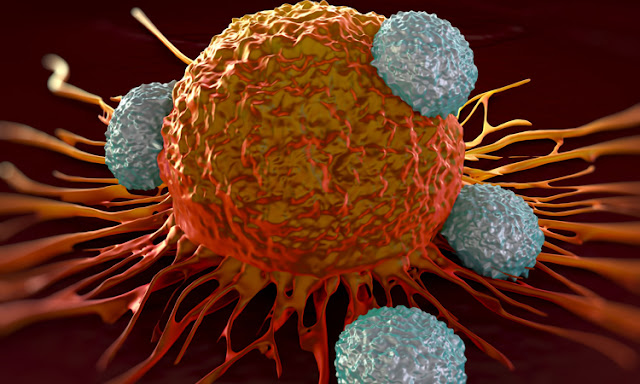Candidiasis; An Infection Caused By An Overgrowth Of A Type Of Yeast That Lives On The Body
Candidiasis is a fungal infection caused by a yeast (a type of fungus) called Candida. Some species of Candida can cause infection in people; most common is Candida albicans. These fungi normally live on and in the body. They live harmlessly, but can cause a variety of health problems, including yeast infections and invasive Candida.
The common term for Candida in the vagina is vaginal yeast infection. (vaginitis). Most women have infection at some point in their lives. The condition typically resolves on its own, but in some it may not go away without treatment.
The size of the world's Candidiasis Market was estimated at US$ 873.8 million in 2017 and is anticipated to grow at a CAGR of 4.6% over the next five years (2018–2026).
A vaginal yeast infection is caused by an overgrowth of fungus called candida. An infection causes the skin around a vagina to burn and itch, and it may change the consistency of vaginal discharge. A vaginal yeast infection affects around 75% of people at least once in their lifetime.
Although rare, serious cases of invasive Candidiasis affect around 25,000 individuals in the U.S. each year. Candida albicans is the most common type of fungus to cause yeast infections. Candida fungus can be more difficult to treat, and generally need more-aggressive therapies.
Candida is in the mouth, throat, or esophagus is usually treated with antifungal medication, such as clotrimazole, miconazole, or nystatin. For mild to moderate infections in the mouth or throat, an antifungal medicine is applied to the inside of the mouth for 7 to 14 days.
Antimycotic medicines are another name for Antifungal Drugs or therapies. It is a pharmaceutical fungicide or fungistatic used to treat and prevent major systemic infections as well as mycosis such as athlete's foot, ringworm, and candidiasis (thrush).
For adults, the initial recommended antifungal treatment is echinocandin (caspofungin, micafungin, or anidulafungin) given through a vein (intravenous or IV). Fluconazole, amphotericin B, and other antifungal drugs may also be appropriate in certain situations.
While symptoms of Candidiasis cause discomfort, treatment with an antifungal medication is very successful in eliminating the infection. In 2022, the U.S. Food and Drug Administration (USFDA) approved Osteseconazole (Vivjoa), an azole antifungal agent for the prevention of recurrent yeast infections in females who are not of reproductive potential.




Comments
Post a Comment